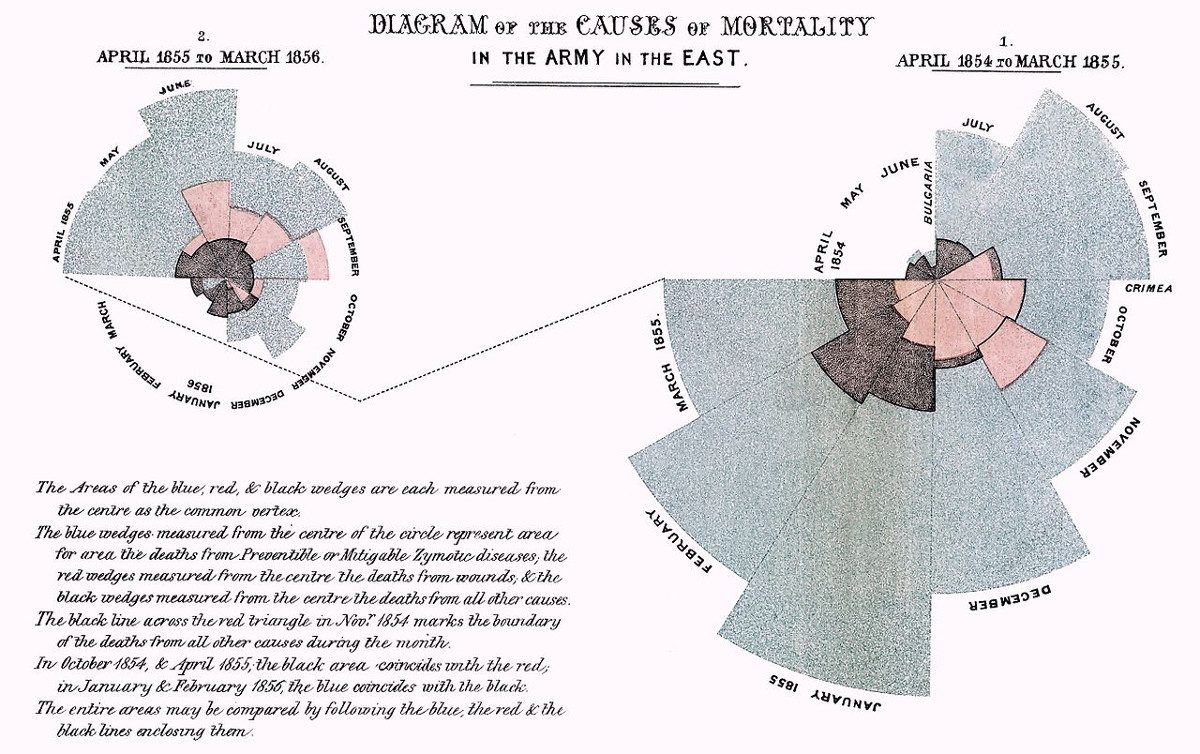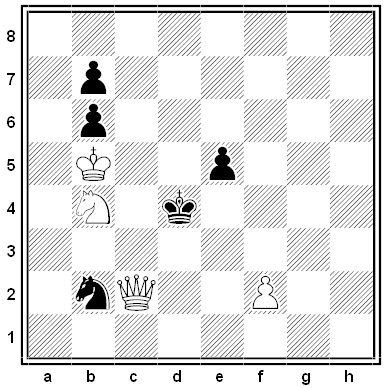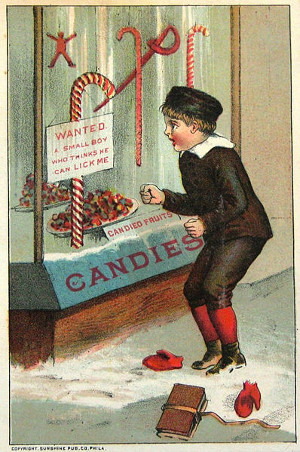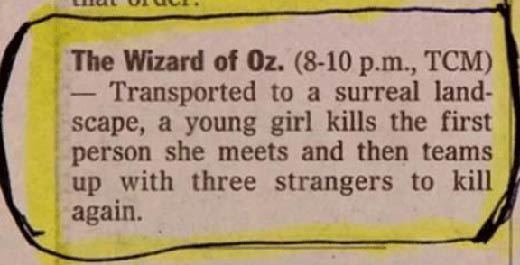A letter from William Pomeroy Barnett of Whitesboro, Texas, to Ollie Hughes, 1891:
Deer gurl
I hav bin thinin fur a gude while thet I wood rite you a leter an tel you thet I wus luvin beter eny uther gurl in texas an ef you will mary me I wil be jist the bestest feller you ever seed in the wurld i will fede the hoss an mirk the cow an slop the pig an chern the buter an eny theng else in the wurld you tel me to. if you knode how much i luv you you wood say yes when yuve thunk the mater overall tu your sef i hope you will eny way. if you can luv me jist a little tenty bit i wood fele awful gude if you wood tel me so the first time you see me an ef you cante luv me donte luv thet uther feller fur if you du it wood kill me deder an a dor nale to no hit. fur i do kere fur you a ho lot, if not a lot, more. you are the apple uf my eye.
I wunder if it makes all the boys fele as funny as hit dus me to be in luv if hit dus they all fele mity gude all the samey. but i think i wude fele a heep beter if i node you luved me jist as hard as id you. but if you cante think nuthen uv me brake the nuze sorter eazy like or else you mite coze me to have the harte dezeze us sum uther killin theng. I am a cumin over thare sum uv theze times a purpus to ask you to be my wife an id do hope yure ansar will be in the offurmative if hit ante i donte no What I will do but i spect i will go as crasy as a lunytick, well ole gal i will cloze fur this hopin to here frum you sune if not suner Purhaps. When you rite you must be shore an rite to the one thet sent you this if you donte I wonte git hit shore, rite sune to your luvin Jular Ky. resp. yorse.
They were married that November.
(From George U. Hubbard, The Humor and Drama of Early Texas, 2003.)








